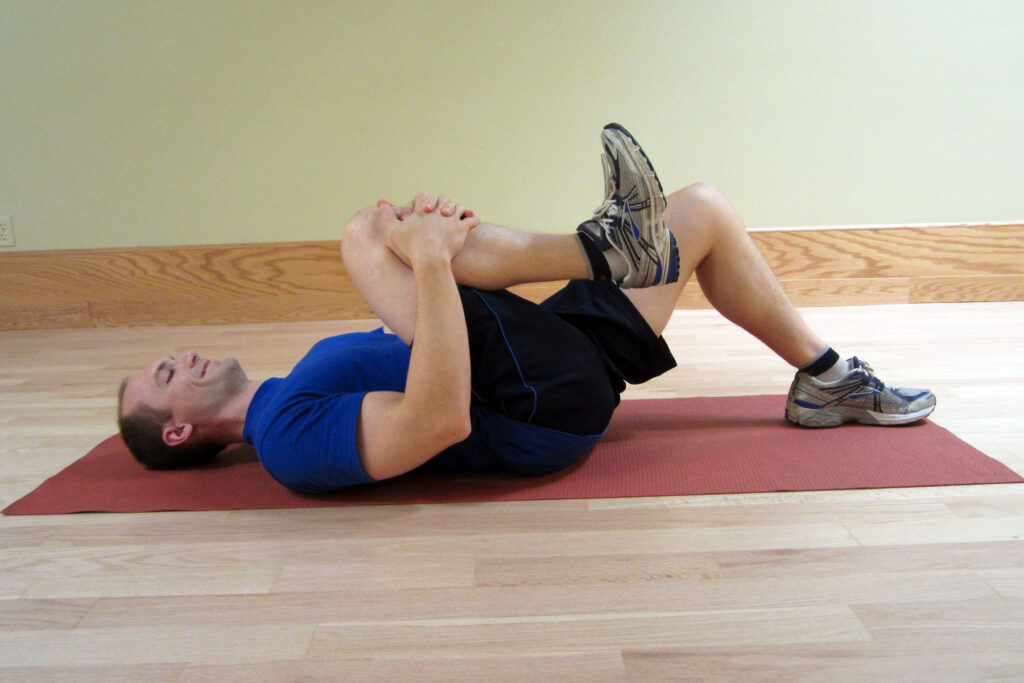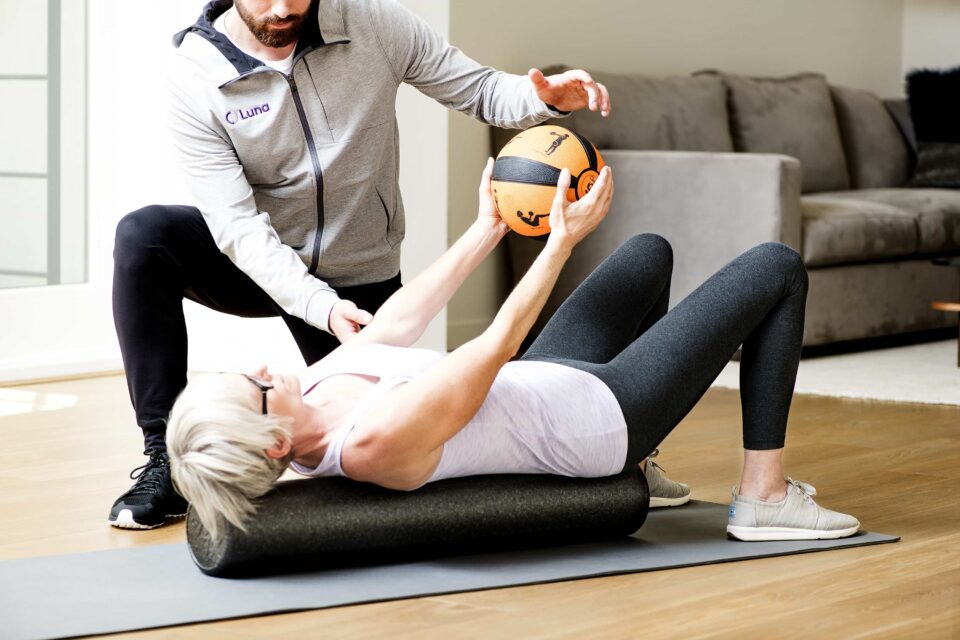Physical therapy helps you with problems with the spine, sciatica, injuries and pain due to injury, surgery, etc. So, using different forms of physical energy, exercises are performed. These can be stretching, strengthening and the like. Patients usually receive programs that they can follow at home.
The goals of this therapy are to improve the functions of certain organs, to prevent diseases and physical incapacities, as well as to establish optimal functional capacity. If you want to really reduce pain and regenerate muscles, you should adhere to the following rules.
Do’s:
1. Consult a Therapist

Whether you are doing physiotherapy on your own or planning to seek professional help, it is important to consult a therapist. This is a sure way to achieve effective treatment, because it will better localize the pain and find an adequate solution. They mostly make programs that you can stick to at home which means you will have a lot less work to do.
For example, some basic exercises can make you uncomfortable because certain parts of your body have not fully recovered. In that case, you should rely on the knowledge of experts who will adapt the exercise to your needs and suggest a different approach. Don’t forget that it’s their job to help you, and they can’t do that if you don’t share your problem with them.
2. Set the Alarm
Although we all have a different schedule, most people do not have enough time for training or physical therapy. However, take at least 15 minutes to do the basic exercises. Think of this task as a meeting not to be missed.
For example, set an alarm on days when you don’t have many responsibilities or are completely out of work. It can be a few hours before going to bed or in the morning.
3. Write a Diary

Start keeping a diary on the first day, as this will monitor your progress and establish control over your therapy. For example, you will notice the level of pain and watch it change. It is also an opportunity to take corrective measures if necessary, but also to stay motivated. Best of all, you can share this with your therapist if you need expert opinion. Based on this information, the therapist will prescribe more effective treatment.
Don’ts:
1. Don’t Give Up
You may not achieve results so quickly, but that doesn’t mean you should give up. Track your progress, take notes and talk to your therapist. This will help you stay motivated. Remember that the most important thing is to stay consistent with the exercises. Set yourself specific goals that you will work hard on, but be realistic and adjust your expectations to your abilities.
2. Do Not Stretch Aggressively

If you do not listen to your body, you can only cause new injuries and greater pain. So pay attention to the intensity of the exercise and the stretching procedure. Since stretching is an essential component of physical therapy, poor performance sometimes does more harm than good. For example, jumping while stretching can cause muscle injuries. This makes you less flexible in the future. Do not overdo it when performing exercises, because you will cause delays in rehabilitation.
Conclusion:
Remember that it takes a lot of repetition to create a habit. So carefully devise an exercise plan, do all the necessary research and stay persistent until the end. It is also important to know the right exercises for you to become a healthier and happier version of yourself.

